The province’s transport minister gave a “sneak peek” of the tools the government believes will help accelerate the delivery of its four major public transit projects in the Greater Toronto Area, including the 15.5-kilometre Ontario Line between the Ontario Science Centre and Ontario Place.
One of those tools — if passed in the legislature — would require that all owners of lands adjacent to major transit infrastructure projects obtain permits for development activities that could interfere with transit construction, Caroline Mulroney, minister of transportation, told a packed luncheon in downtown Toronto recently.
“This requirement would provide the ability to review all development and construction within the transit corridor and influence their timing to prioritize transit works,” she told the Economic Club of Canada luncheon at the Fairmont Royal York.
Mulroney said currently developers/builders working adjacent to transit infrastructure are not required to notify Metrolinx of their work. This can result in conflicts between those developers and public transit infrastructure projects that can lead to transit project delays causing “safety concerns” and “increased costs.”
She said the province hopes to get regulatory changes and legislation approved in the “very near future.”
“We all know infrastructure projects are notoriously overbudget and late,” she said, adding that proposed legislation “will establish the scope and collaborative process…to ensure the (four) priority transit projects meet their committed timelines.”
Another of the province’s proposed tools would give Metrolinx authority for “stronger coordination of utility relocations within prescribed time frames.”
Currently, she said it “is an ongoing challenge for Metrolinx to coordinate transit works with utility companies,” which impacts the P3 delivery model.
The province’s plan would also give Metrolinx the power “to use, occupy or modify municipal assets such as roadways and municipal services” for rights-of-way access, she told the luncheon.
Under the Conservative government’s proposed plan, it would have more authority to assemble project lands with the aim of minimizing possible delays “while treating landowners fairly,” Mulroney said. “If we want our projects to be on time, our partners must have timely access to the land they need to construct stations, tunnels and to prepare mobilization sites.”
She said land assembly delays “have been one of the primary sources of prolonged timelines for completion” in the past.
Mulroney said while environmental protection priorities will be maintained, the current environmental assessment (EA) system “does not offer the flexibility needed to align with timelines associated with these projects.”
She said proposed EA changes “would balance our responsibility to safeguard the environment and meaningfully engage with indigenous communities and stakeholders.”
She told the luncheon audience that if the province had the tools in place when the Eglinton Crosstown project commenced, the government estimates it would have already been completed — three years ahead of the current schedule.
She emphasized that the province’s proposals which relate only to its four priority transit projects “are about streamlining processes, not changing outcomes.”
Along with the Ontario Line — which is slated for completion in 2027 (with three extensions by 2029-31), the Conservatives’ priority projects include:
- the Yonge North Subway extension, from Finch Station to Richmond Hill Centre;
- the Eglinton Crosstown West extension into Etobicoke, with future expansion to Pearson International Airport; and
- a three-stop Scarborough Subway extension.
Mulroney said the province has partnered with the city of Toronto and both sides understand that a different approach is required to “efficiently” deliver the “single largest subway extension in the (city’s) history.”
She said there have been “three major moments” in the evolution of transportation in Ontario. In 1868 the province debated an act to approve and regulate traction engines on highways and in the 1920s and ‘30s, the provincial highway network was expanded to connect communities as car numbers increased. In the 1950s rail became a form of everyday transportation and Toronto’s first subway line opened.


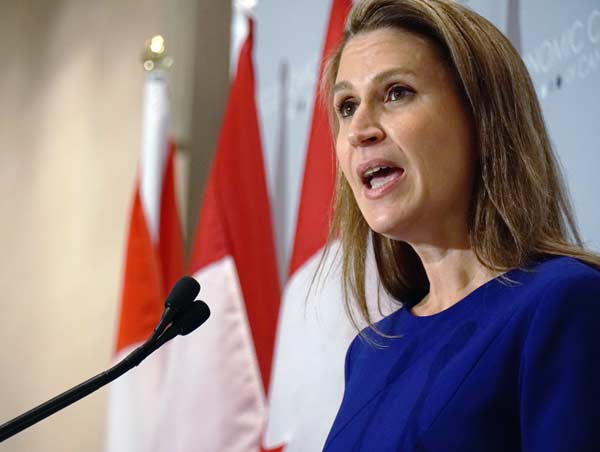
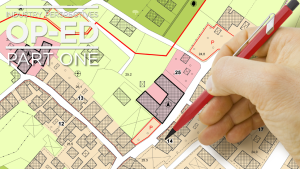

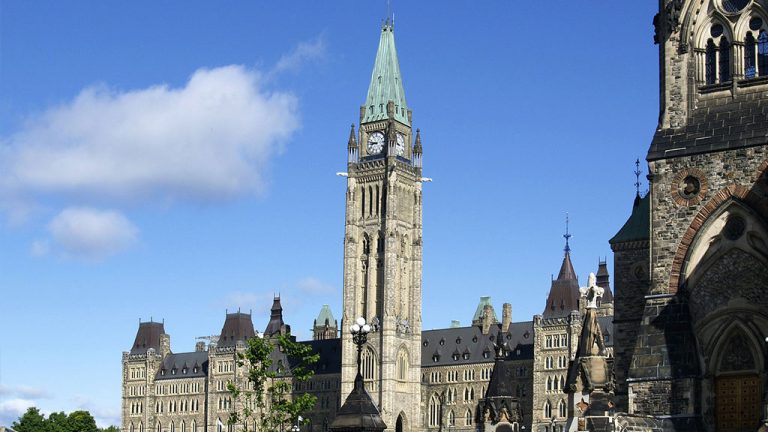

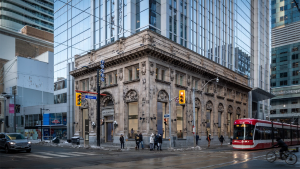
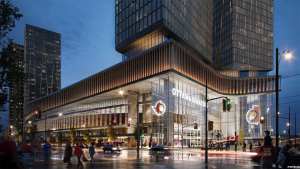


Recent Comments
comments for this post are closed